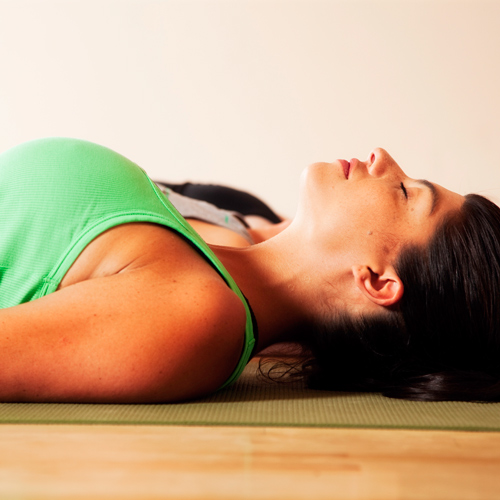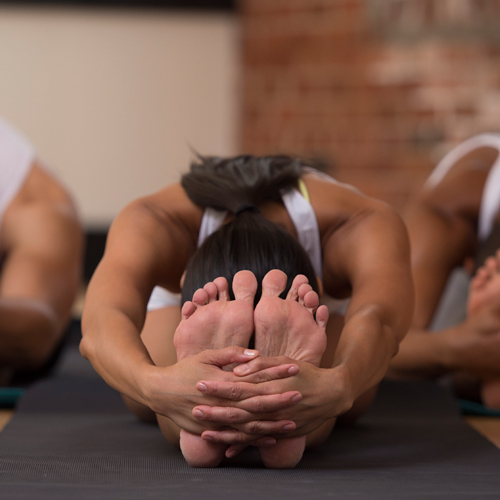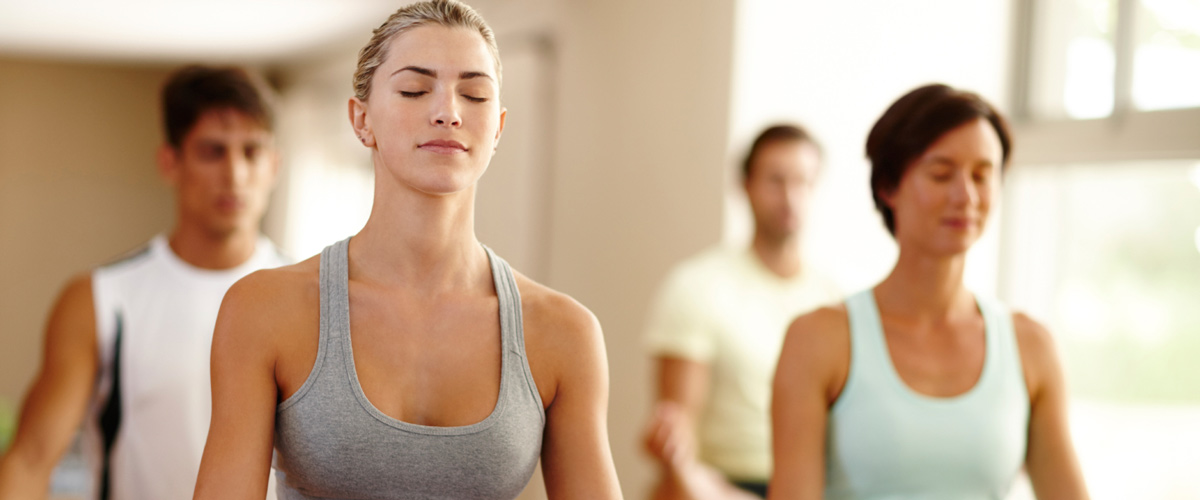Yoga can definitely bring on the tears.
 If you’ve ever been to a yoga class you might have noticed that towards the end, usually in the final savasana (corpse pose), some people in the class are crying. Or maybe you have been in tears by the end of a class and wondered, ‘why is that?’ The good news is, it’s very common and there is a physiological explanation as to why certain stretches bring out emotions that we thought were tucked away or perhaps non-existent.
If you’ve ever been to a yoga class you might have noticed that towards the end, usually in the final savasana (corpse pose), some people in the class are crying. Or maybe you have been in tears by the end of a class and wondered, ‘why is that?’ The good news is, it’s very common and there is a physiological explanation as to why certain stretches bring out emotions that we thought were tucked away or perhaps non-existent.
“Going back to the history of yoga, and what it means; to yoke is to unite the body and the mind,” says Lauren Stokes, a certified yoga instructor from San Francisco, addressing the connection between yoga and our emotions. “Breath, spirit and your nerves connect your mind to your body. Your brain controls your nervous system which controls the rest of your body, it controls movement, it controls feeling.” Since yoga is a practise of breathing as much as it is one of getting into physical poses, the deep body-mind connection is heightened when holding certain positions.
Feeling a deep connection between your body and mind can unlock your emotions because you have now given your feelings time and a space to appear. “You walk into yoga class, you don’t have your phone on you, you can’t check your email or text messages,” says Stokes. “You have the opportunity to unplug from all the different hats that you wear, giving you the opportunity to peel those responsibilities away and focus and plug into what’s going on with yourself.”
 That’s why the simplest movement can cause an emotional surge in your system. Especially if you have a lot on your mind, likes lets say an upcoming promotion, a make-up or a break-up. It can all surface when the busyness of life gets put aside for a moment. But it’s more than that. There are some parts of our body that carry our life’s stresses more than others and when those are unlocked, the outcome can be overwhelming.
That’s why the simplest movement can cause an emotional surge in your system. Especially if you have a lot on your mind, likes lets say an upcoming promotion, a make-up or a break-up. It can all surface when the busyness of life gets put aside for a moment. But it’s more than that. There are some parts of our body that carry our life’s stresses more than others and when those are unlocked, the outcome can be overwhelming.
“We can hold a lot of emotion in our hips, a lot of fear in our chest and our hearts, for example and it’s potentially connected to our chakra system,” says Stokes. “I’m sure there are positions that can trigger emotion, but where in that body it is, I can’t say specifically for somebody. And what that emotion is, I can’t say that either. We’re all different people, we carry emotions differently, we express emotion differently and that comes out in all sorts of ways in the process.”
So suddenly even laying on your back can seem difficult. “It’s not a one size fits all kind of thing. I think just being still can cause people to kind of just let go and surrender to something their feeling, and if they’re upset about it, maybe tears will happen,” says Stokes. “A song being played in savasana that’s really heartfelt could strike the chord – it could be anything! People hold onto emotion differently, and it comes out in all sorts of ways.”
In short, anything goes as long as you are honest with yourself. “I’ve seen people have laughing fits, I’ve seen people cry, I’ve seen people get really angry, I’ve seen a whole bunch of emotion come out in the practice,” says Stokes. “The yoga that we know today, the physical practice, is thought of by many as a moving mediation. It’s connecting with your breath and building awareness.” So, as we learn to connect to our breath, yoga starts working more efficiently – what happens to the mind also happens to the body and spirit. If something is bothering you spiritually, emotionally or mentally, it is likely to show up in your body.




